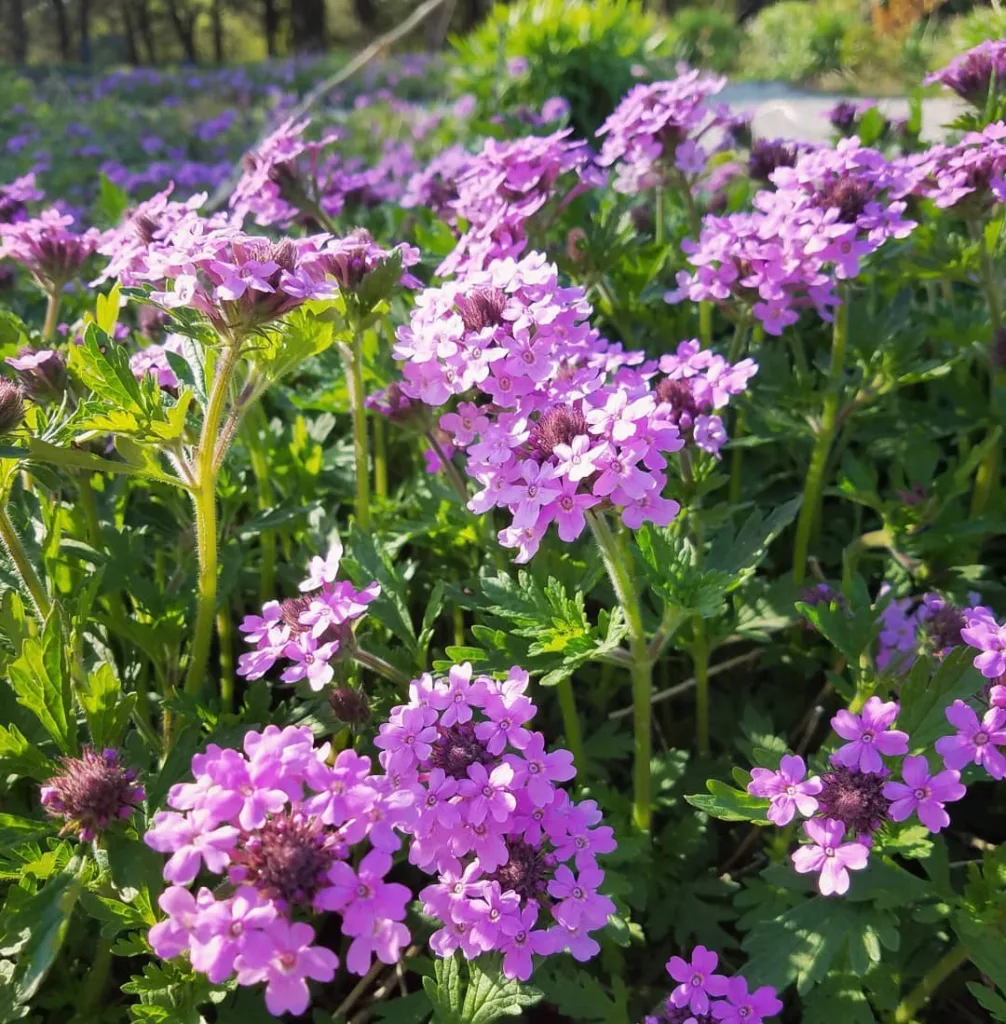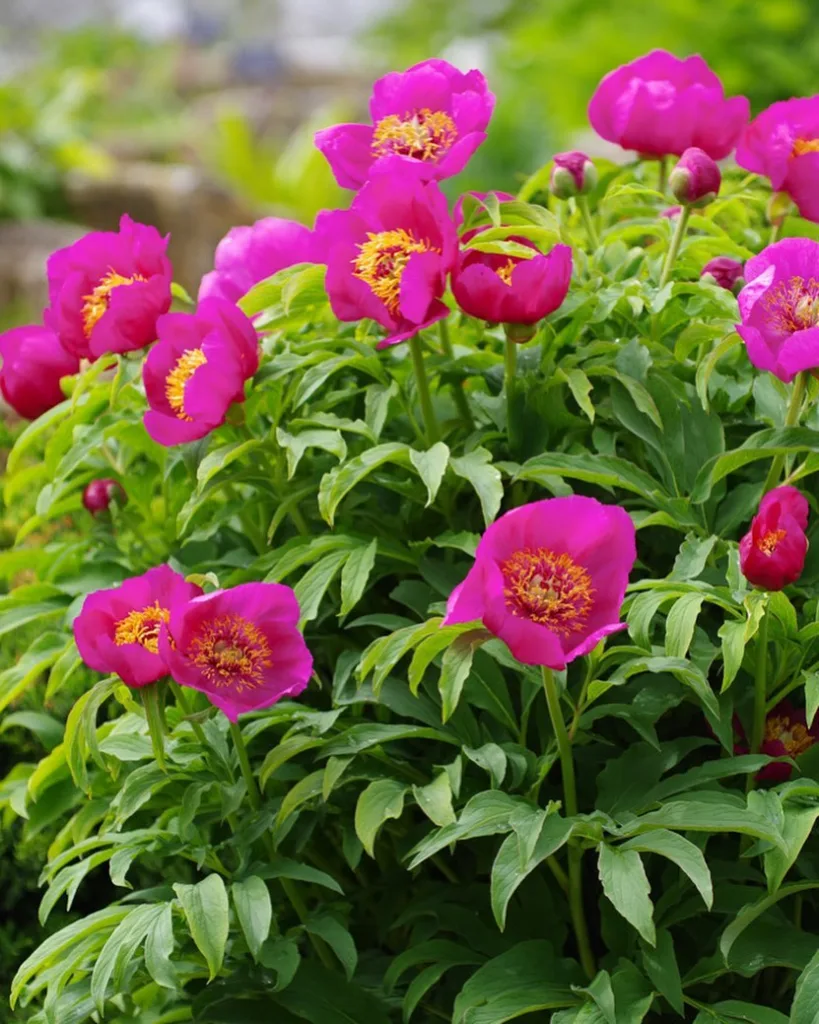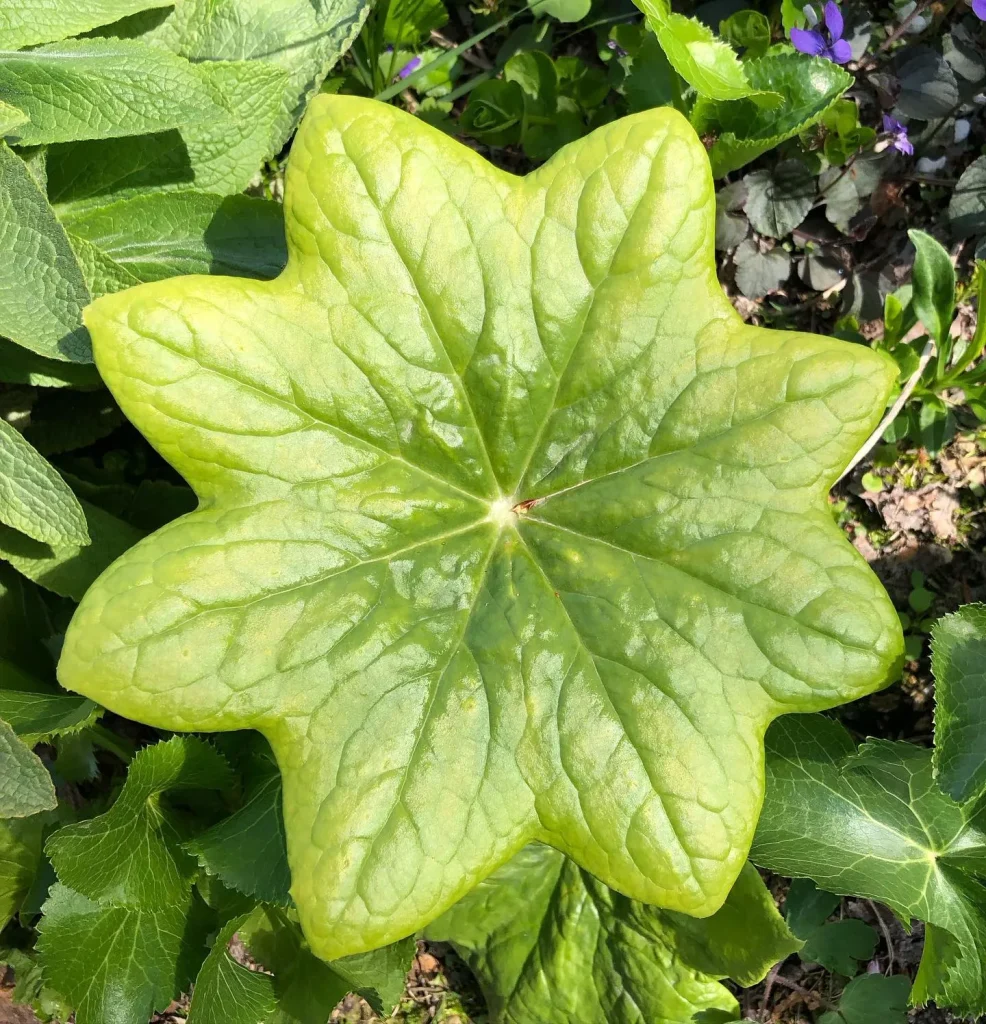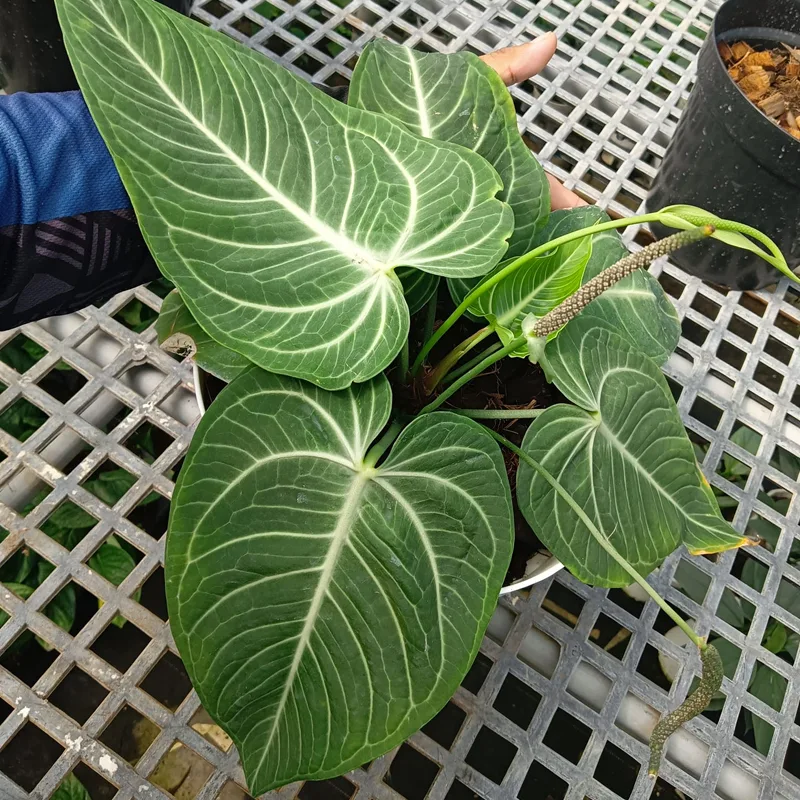My Fascination with Dipterocarpaceae
Ferb here! As a nature enthusiast, I’ve always been captivated by the diverse flora that surrounds me. Among the various plant families that thrive in this region, one stands out due to its ecological significance and economic value: the Dipterocarpaceae family. Often referred to as the “dipterocarps,” these majestic trees dominate the rainforests of Southeast Asia, and I’ve had the privilege of witnessing their grandeur firsthand.
The Dipterocarp Family: A Closer Look
The Dipterocarpaceae family comprises a vast array of tree species, characterized by their distinctive winged fruits, which inspired their name. These fruits, equipped with two to five elongated wings, facilitate wind dispersal, enabling these trees to colonize vast stretches of forest. The dipterocarps are primarily found in the tropical rainforests of Southeast Asia, with a particular concentration in the Malesian region, which includes Malaysia, Indonesia, and the Philippines. However, their range extends to India, Sri Lanka, and even parts of Africa.
Genera of Dipterocarpaceae: A Diverse Assembly
The Dipterocarpaceae family boasts an impressive diversity, encompassing around 22 genera and over 500 species. Some of the most prominent genera include:
- Shorea: This genus is renowned for its valuable timber, often referred to as “meranti” or “lauan.” Shorea species are highly sought after for construction, furniture making, and plywood production.
- Dipterocarpus: As the namesake of the family, Dipterocarpus species are recognized for their resinous wood, which yields a fragrant oil known as “gurjun balsam.” This oil has traditional medicinal uses and is also employed in varnishes and perfumes.
- Hopea: Hopea trees produce a durable and heavy hardwood, commonly used for railway sleepers, bridges, and flooring. Their timber is also valued for its resistance to termites and decay.
- Vatica: Vatica species are known for their aromatic wood, which is utilized in incense and perfumes. Their timber is also suitable for furniture and interior finishing.
- Anisoptera: Anisoptera trees yield a lightweight and easily workable timber, often used for general construction, packing cases, and matchsticks.
- Anthoshorea Pierre
- Cotylelobium Pierre
- Doona Thwaites
- Dryobalanops C.F.Gaertn.
- Marquesia Gilg
- Monotes A.DC.
- Neobalanocarpus P.S.Ashton
- Neohopea (P.S.Ashton) P.S.Ashton
- Parashorea Kurz
- Pentacme A.DC.
- Pseudomonotes A.C.Londoño, E.Alvarez & Forero
- Richetia F.Heim
- Rubroshorea (Meijer) P.S.Ashton & J.Heck.
- Stemonoporus Thwaites
- Upuna Symington
- Vateria L.
- Vateriopsis F.Heim
Ecological Importance of Dipterocarps
Dipterocarps play a pivotal role in the rainforest ecosystem. Their towering canopies provide shelter and food for a myriad of wildlife, including primates, birds, insects, and mammals. The fallen leaves and fruits of these trees enrich the forest floor, contributing to nutrient cycling and soil fertility. Furthermore, dipterocarps act as carbon sinks, absorbing significant amounts of carbon dioxide from the atmosphere and mitigating climate change.
Economic Significance of Dipterocarps
The Dipterocarpaceae family holds immense economic importance in Southeast Asia. Their timber is a major source of revenue, contributing significantly to the region’s timber industry. Moreover, dipterocarp forests provide non-timber forest products (NTFPs) such as resins, oils, fruits, and medicinal plants, which generate income for local communities.
Conservation Concerns
Despite their ecological and economic value, dipterocarp forests face numerous threats, including deforestation, illegal logging, and land conversion for agriculture and plantations. These activities have resulted in habitat loss and fragmentation, endangering the biodiversity of these forests. Consequently, conservation efforts are crucial to safeguard the dipterocarps and ensure their continued existence for future generations.
Conclusion
My fascination with the Dipterocarpaceae family stems from their ecological significance, economic value, and sheer beauty. These majestic trees are an integral part of Southeast Asia’s natural heritage and deserve our utmost protection. As I continue to explore the wonders of nature, I remain committed to advocating for the conservation of dipterocarp forests and raising awareness about their importance.
If i die, water my plants!



